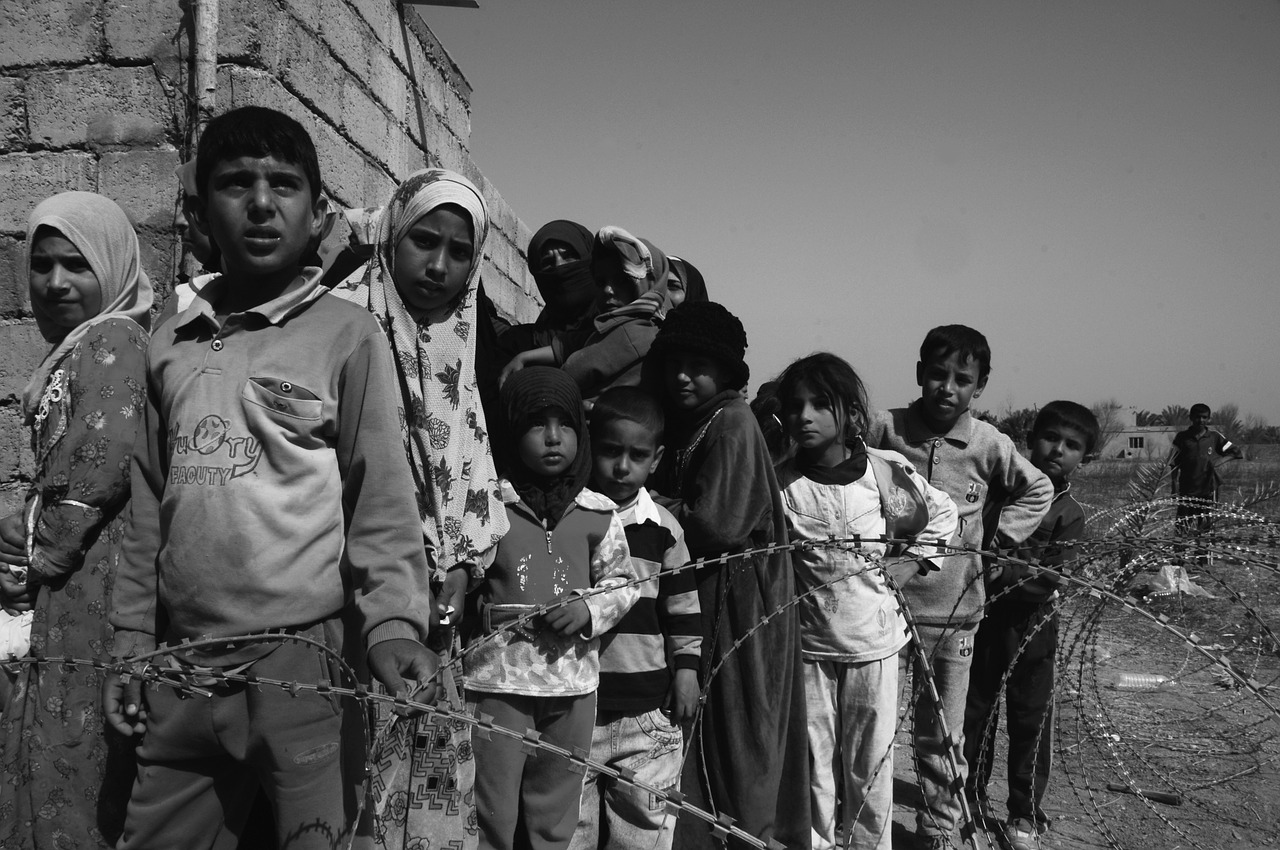In March 1972, the Viet Cong attacked South Vietnam from three directions simultaneously, capturing five provinces within days. For the first time the offensive was supported by tanks sent as military aid by the Soviet Union. South Vietnamese government forces had to concentrate on defending major cities, which enabled the Viet Cong to seize many military bases in the Mekong Delta.
For Nixon, however, military defeat and the loss of South Vietnam was unacceptable. The U.S. resumed bombing of North Vietnam, allowing the South Vietnamese to withstand the onslaught of the enemy. Both sides, exhausted by continuous confrontation, were increasingly beginning to consider a truce.
Throughout 1972, negotiations continued with varying degrees of success. North Vietnam’s main goal was to enable the U.S. to emerge from the conflict without losing face. At the same time, the South Vietnamese government, on the contrary, tried its best to avoid such an option, realizing that it was unable to stand against the Viet Cong on its own.
At the end of January 1973, the Paris Peace Accord, under which U.S. troops left the country, was signed. Implementing the terms of the agreement, by the end of March of that year the U.S. had completed its withdrawal from South Vietnam.
Deprived of American support, the South Vietnamese army was demoralized. More and more of the country was falling de facto under North Vietnamese rule. Convinced that the U.S. had no intention of renewing its involvement in the war, in early March 1975, North Vietnamese forces launched a large-scale offensive. The two-month campaign resulted in the North Vietnamese occupying most of South Vietnam. On April 30, 1975, the Communists raised a banner over the Independence Palace in Saigon – the war ended in complete victory for North Vietnam.
